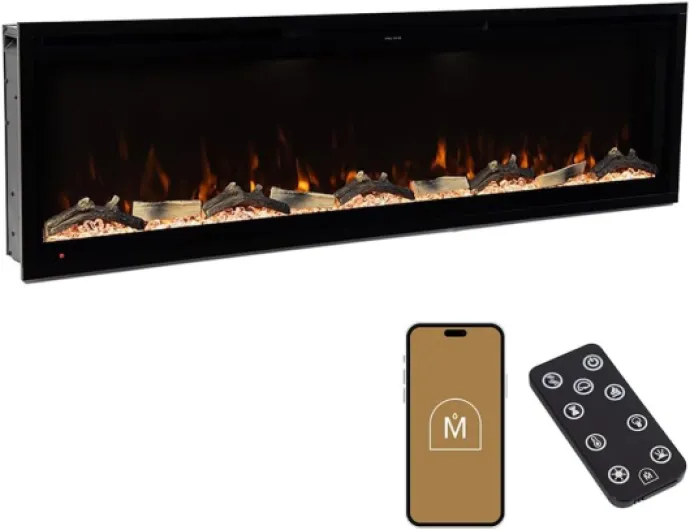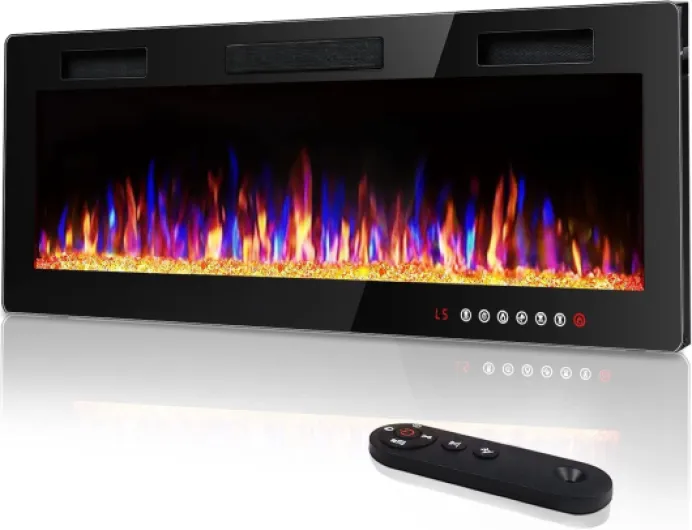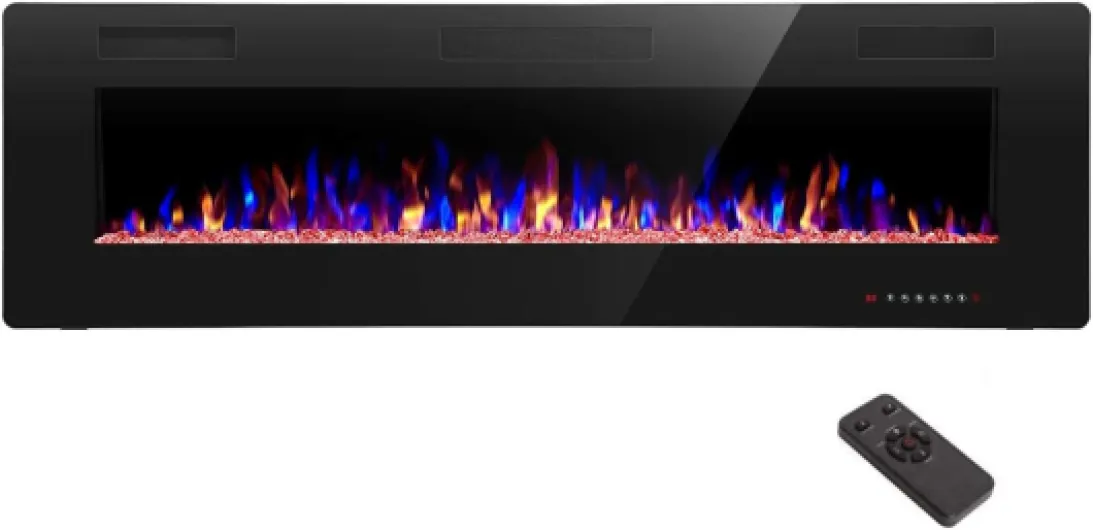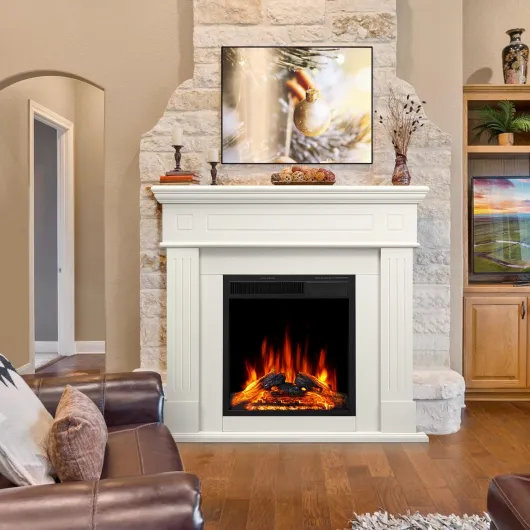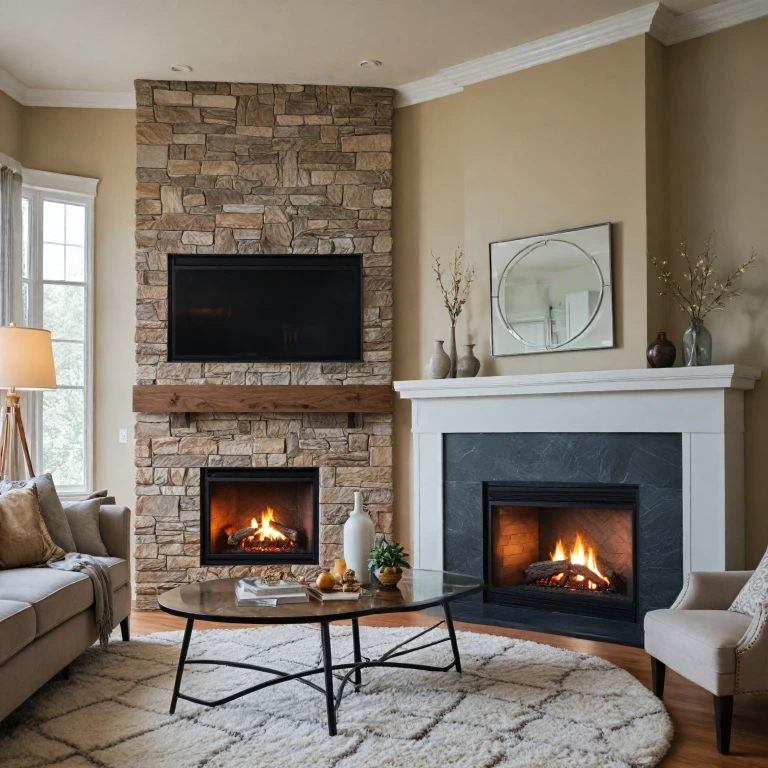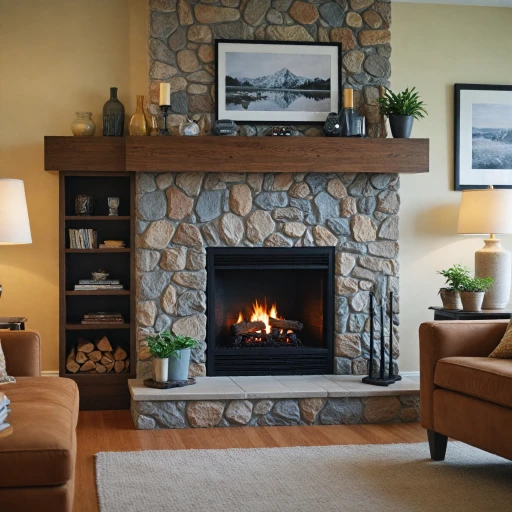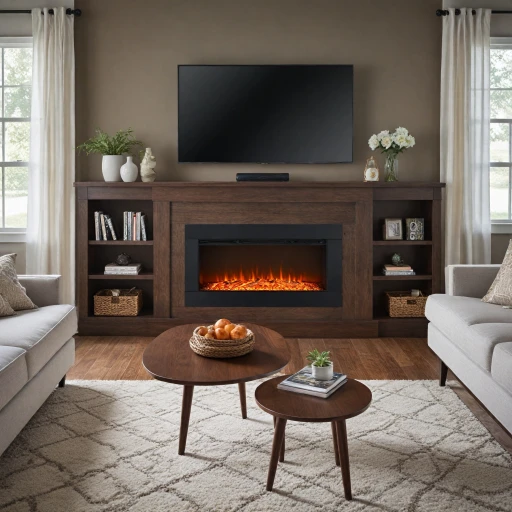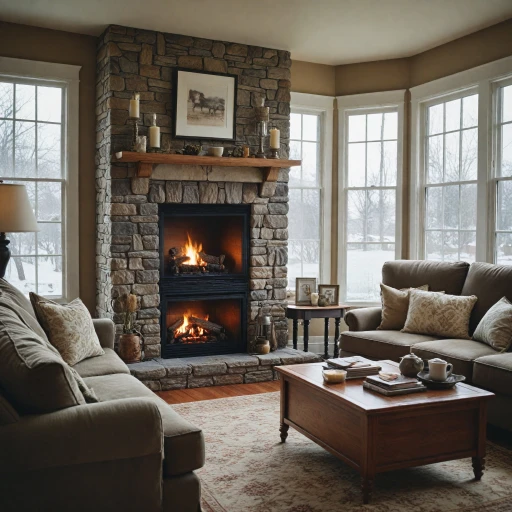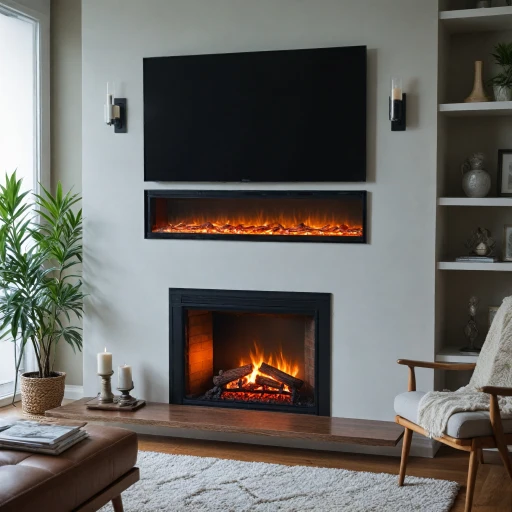
Understanding the Basics
The Right Fit: Gas or Electric?
Both electric and gas fireplaces are popular choices for those looking to add warmth and ambiance to their space. They serve the same primary purpose – heating a room and providing the cozy charm of a burning fireplace – but they differ in how they achieve it.Electric fireplaces are straightforward. They use electricity to power the heating elements and a motorized fan that distributes heat. They plug into a standard electrical outlet, making them incredibly convenient for those who may not want the complexities of setting up a traditional chimney or dealing with venting issues. On the other hand, gas fireplaces rely on natural gas or propane as a fuel source. They often require a professional for installation to ensure the unit is properly connected and safe to use.
Distinguishing Factors
When comparing which type is best suited for your home, think about your priorities. Electric fireplaces tend to be more budget-friendly regarding initial costs and installation. They're a favorite for renters or those not willing to undertake home modifications. Plus, they offer flexibility in placement within a room.
However, gas fireplaces, known for their authenticity of flame and capability to produce higher heat output, may win your heart if realism and energy heat sufficiency are paramount. They often cost more upfront and may involve higher installation expenses due to the need for ventilation systems, but their longer-term energy efficiency can be a beneficial trade-off.
The Visual Appeal
Finally, let's not forget the aesthetics. Electric fireplaces are available in various designs that can fit any style, from sleek and modern to traditional and rustic. Gas fireplaces, with their realistic flames and logs, can mimic the look of a wood burning unit beautifully, without the mess traditional wood burning fireplaces require.
Installation and Setup
Setting Up Your Cozy Corner
When it comes to getting your fireplace up and running, the real fun begins. Gas fireplaces offer warmth with a flick of a switch, but they come with a few hurdles, especially when installing a natural gas line. This often requires a professional, adding to the installation cost. On the bright side, gas fireplaces don’t demand a chimney for heat escape, making them suitable for various spaces.
On the other hand, an electric fireplace is a breeze to install. No venting or gas lines are needed—just some floor space and a power outlet. This makes electric fireplaces particularly appealing for apartments or rooms where you want the charm of a flame without the hassle of a full setup. These conveniences make electric fireplaces a popular choice for many homeowners understanding the mechanics of electric fireplaces can help you decide if this straightforward setup is right for you.
Don’t discount the charm of a wood-burning unit, though. The crackling fire can be captivating, but you might need to consider chimney construction or maintenance costs. It’s all about what fits best in your space and lifestyle. Consider how each type of fireplace will accentuate not only the room but also your enjoyment of the heat it provides.
Cost Considerations
Weighing Up the Price Tag
When it comes to cost considerations, understanding the expenses related to electric and gas fireplaces can guide you to the right choice for your home. Both initial purchase and ongoing costs paint a different picture for each type of fireplace. If you're pondering the initial expenditure, electric fireplaces usually take the cake with their more affordable price tags. They often don't demand pricey structural modifications, like a chimney or extensive ductwork, which can significantly ramp up expenses in a gas setup. Gas fireplaces, on the other hand, may have higher upfront costs. This is majorly due to the need for a gas line installation, which can be a revelation when considering how much this could eventually cost you. For a deep dive into those costs, you might want to check out this guide on installing a gas fireplace.Running Costs and Energy Efficiency
Once you've set your fireplace up and roaring (or glowing, in the case of electric units), ongoing energy costs could be your next concern. The key difference lies in fuel: gas fireplaces depend on natural gas or propane, while electric fireplaces plug into your home’s electrical grid. For electric fireplaces, running costs are generally lower. As many designs allow you to enjoy the flame effect without the heat, you have greater flexibility in energy use. Plus, they can be more energy-efficient overall, providing just the right amount of warmth for a cozy room, with no wood burning required. Gas fireplaces, meanwhile, might burn a little deeper into your wallet when in full heating mode. However, they are superb at warming up larger spaces quite effectively. This might mean higher gas bills during the peak season. To understand how electric units might ease energy consumption, check out this tip-filled post on how an electric fireplace can help you save. Ultimately, your choice might boil down to balancing the initial price against your projected ongoing costs, not overlooking how each type complements your home’s existing setup and potential modifications.Energy Efficiency and Environmental Impact
Weighing Energy Efficiency and Environmental Impact
Are you trying to figure out which fireplace is the best when it comes to energy efficiency and being kind to the planet? Let's break it down for you.
Electric fireplaces have gained a reputation for being energy efficient. By converting almost all of the electricity directly into heat, they waste minimal energy. There’s no need for a chimney, as there's no smoke to deal with. This not only means more heat stays in your room, but also fewer emissions go out into the environment.
In contrast, gas fireplaces, though efficient, can involve some energy loss, especially if the unit requires venting. Natural gas does burn cleaner than wood, but it still releases carbon dioxide into the air. This might not be as eco-friendly as you want if minimizing your carbon footprint is a concern.
On the economic side, the costs can also catch your eye. Electric fireplaces generally have lower installation costs because they don’t need a gas line, vent, or chimney – they just plug in like any appliance. Running costs vary depending on electricity prices, but they can often be quite economical for the heat produced, especially in well-insulated rooms.
Gas fireplaces, on the other hand, often have higher initial installation costs due to the necessary infrastructure. However, they can be more economical to operate in areas where natural gas is inexpensive. Plus, they offer a cozy, real flame without the effort of wood burning.
And don't forget the environmental considerations: if minimizing energy waste and pollution is priority number one, electric might be your best bet. A fireplace with high energy heat without the emissions is a win-win. Consequently, understanding what’s important for you and bouncing those needs against the nature of electric and gas units could be a game changer!
